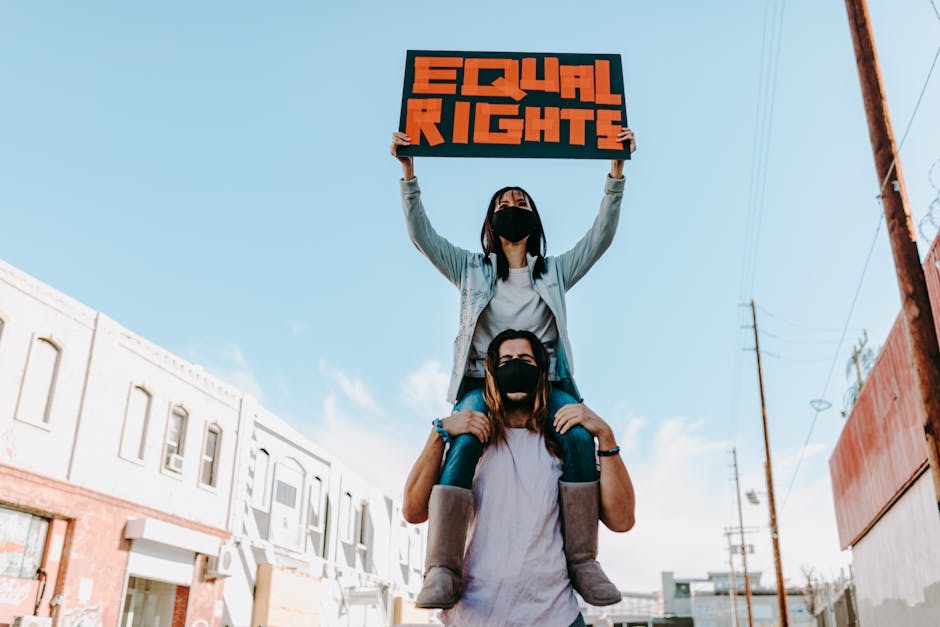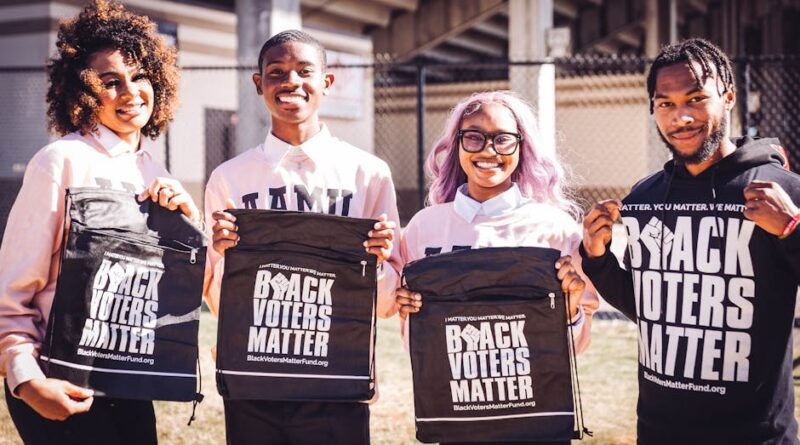Exploring Grassroots Fashion Movements: A Deep Dive into Style with Substance
When we think of fashion, we often envision high-end designer brands, glossy magazines, and runway shows in glamorous cities. However, there is another side to the fashion industry that is gaining momentum and reshaping the way we view style and self-expression. Grassroots fashion movements are grassroots-led initiatives that prioritize sustainability, inclusivity, and ethical practices. These movements are not only changing the way we consume fashion but also challenging the traditional norms of the industry. In this article, we will delve into the world of grassroots fashion movements, exploring their origins, impact, and future possibilities.
The Rise of Grassroots Fashion Movements

Grassroots fashion movements have been gaining traction in recent years, fueled by a growing awareness of the environmental and social impact of the fashion industry. These movements are often led by individuals or small groups who are passionate about creating change and promoting ethical practices within the industry. One of the key drivers of grassroots fashion movements is the desire for transparency and accountability in the production process. Consumers are becoming increasingly conscious of where their clothes come from and how they are made, leading to a demand for more sustainable and ethical fashion options.
One of the earliest grassroots fashion movements was the slow fashion movement, which emerged in response to the fast fashion industry’s unsustainable practices. Slow fashion promotes the idea of consuming less and investing in high-quality, timeless pieces that are made to last. This movement encourages consumers to think critically about their purchasing habits and consider the environmental and social impact of their clothes.
Empowering Communities Through Fashion

Grassroots fashion movements are not just about promoting sustainability and ethical production; they also seek to empower marginalized communities and promote social justice. Many grassroots fashion initiatives focus on providing opportunities for local artisans and craftspeople, helping them preserve traditional skills and earn a fair wage for their work. By supporting these communities, grassroots fashion movements are not only creating beautiful and unique clothing but also fostering a sense of pride and cultural identity.
For example, the fair trade fashion movement works with artisans in developing countries to create clothing and accessories that are ethically produced and support local economies. By paying artisans a fair wage and providing safe working conditions, fair trade fashion empowers communities to thrive and preserve their cultural heritage.
Innovations in Sustainable Fashion

Grassroots fashion movements are also driving innovation in sustainable fashion, pushing the boundaries of what is possible in terms of eco-friendly materials and production methods. From upcycling and recycling to zero-waste design, grassroots fashion initiatives are leading the way in creating a more sustainable and circular fashion economy. By reimagining traditional production processes and materials, these movements are challenging the status quo and inspiring mainstream fashion brands to think differently about their practices.
The zero-waste fashion movement, for example, focuses on creating clothing without producing any waste during the production process. Designers use innovative cutting techniques and patterns to utilize every inch of fabric, minimizing waste and maximizing efficiency. By embracing zero-waste design principles, grassroots fashion movements are showing that sustainability and style can go hand in hand.
The Impact of Grassroots Fashion Movements

Grassroots fashion movements are making a significant impact on the fashion industry, challenging the mainstream narrative and pushing for a more sustainable and ethical future. These movements are not only changing the way we think about fashion but also influencing the decisions of consumers and brands alike. By raising awareness about the environmental and social impact of fashion, grassroots initiatives are driving positive change and inspiring others to take action.
One of the key impacts of grassroots fashion movements is the shift towards a more transparent and ethical fashion industry. Consumers are increasingly demanding transparency from brands, wanting to know where their clothes come from and how they are made. This has led to a rise in certifications and labels that verify a brand’s ethical and sustainable practices, making it easier for consumers to make informed choices.
The Future of Grassroots Fashion Movements
Looking ahead, the future of grassroots fashion movements is bright, with continued growth and innovation on the horizon. As consumers become more conscious of their purchasing decisions and demand more sustainable and ethical options, grassroots initiatives will play an increasingly important role in shaping the fashion industry. By promoting transparency, inclusivity, and innovation, grassroots fashion movements are paving the way for a more sustainable and equitable future.
Collaboration will be key to the future success of grassroots fashion movements, as individuals, brands, and organizations come together to share knowledge and resources. By working together towards a common goal of sustainability and social justice, grassroots initiatives can have a greater impact and reach a wider audience. Through collaboration, grassroots fashion movements can amplify their message and create lasting change within the fashion industry.
Common Misconceptions About Grassroots Fashion Movements
One common misconception about grassroots fashion movements is that they are only for a niche audience or are not as stylish as mainstream fashion. In reality, grassroots fashion initiatives are diverse and inclusive, offering a wide range of styles and options for consumers who are looking to make more conscious choices. From streetwear to high fashion, grassroots fashion movements encompass a variety of aesthetics and design sensibilities, proving that sustainability and style are not mutually exclusive.
Conclusion: Embracing Style with Substance
To wrap things up, grassroots fashion movements are reshaping the fashion industry by promoting sustainability, inclusivity, and ethical practices. These movements are not just about creating beautiful clothing; they are about empowering communities, driving innovation, and inspiring positive change. As we look to the future, grassroots fashion initiatives will continue to play a crucial role in promoting transparency and accountability within the industry. By supporting these movements and making more conscious choices as consumers, we can all be part of a more sustainable and equitable fashion future.




